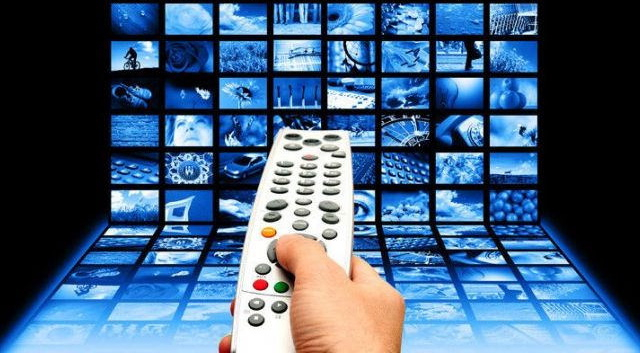TV Ratings Companies Help Marketers Find Engaged Viewers
February 28, 2017
As Americans change their viewing habits, watching content on TVs, laptops, smartphones and a dozen other devices, TV networks and marketers among others want more information. TVision is one such company that’s answered the call. With a Microsoft Kinect device on top of a receiver, TVision can track the movement of participants’ eyes in relationship to the TV, recording tiny shifts for everyone in the room. TVision then matches viewing patterns with shows and commercials via technology that “listens” to the TV broadcast.
The New York Times described a TVision panelist family in Chicago that initially received $60 for participating and an additional $230 after four to six months. Among its clients, TVision has worked with The Weather Channel, NBC and the Disney/ABC Television Group.
“The big thing for TV advertisers and the networks is: Are you actually looking at the screen or not?” said TVision co-founder and chief revenue officer Dan Schiffman. “What you looked at is interesting, but the fact that you looked away is arguably the most interesting.”
So far, TVision has recruited 2,000 households, comprised of about 7,500 people, in the Boston, Chicago and Dallas-Fort Worth areas. The company reports the information is “transmitted without storing images or video and collected anonymously.”
Another company, Symphony Advanced Media, offers its Media Insiders mobile app, and has created a panel of 17,500 people in the U.S. who have installed it on their phones. Symphony pays panelists $5 to $12/month to passively track how they use their phones. It relies on the phone’s microphone to hear what panelists are watching, and asks them to complete surveys.
Both Symphony and TVision use technology that recognizes shows and ads via audio or digital tags in the content, similar to song-recognition app Shazam. Another company, RealityMine, with a panel of 5,000 people in the U.S., installs an app or “home meter” connected to their Internet network that can capture activity across 25 devices. This company pays less than $90 a year.
For decades, Nielsen and its 42,500 households have helped marketers figure out how to spend around $69 billion a year on TV ads. As NYT says, “the higher a show’s ratings, the more networks can charge for advertising.” But some critics say Nielsen’s methodology — which involves homes picked at random and measurements based on meters connected to sets, diaries in some markets and some digital tracking of ad-supported programs on tablets — is outdated.
Instead, TVision and their ilk “promote their ability to measure how people are binge-watching shows on, say, Netflix and Amazon.”
“Nielsen will remain the currency for the time being because it is agreed upon as the thing everyone uses,” said NBCUniversal advisor Alan Wurtzel. “But as the world becomes more complex, as it is, many more additional supplemental or complementary measures will come into play.” What Wurtzel refers to is TVision’s ability in helping determine “the most engaged audiences” rather than simply the largest ones.


No Comments Yet
You can be the first to comment!
Sorry, comments for this entry are closed at this time.